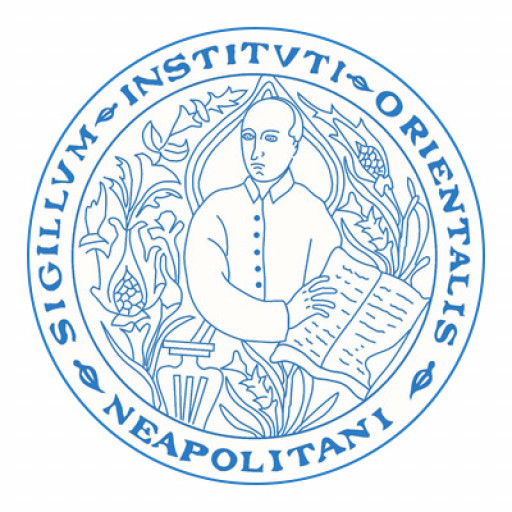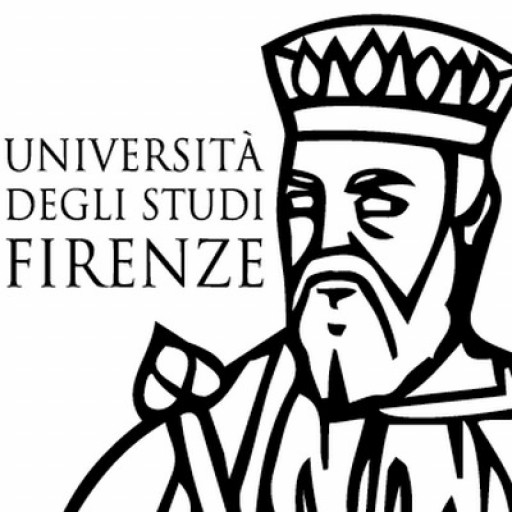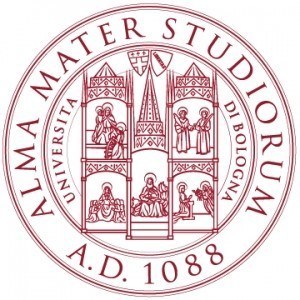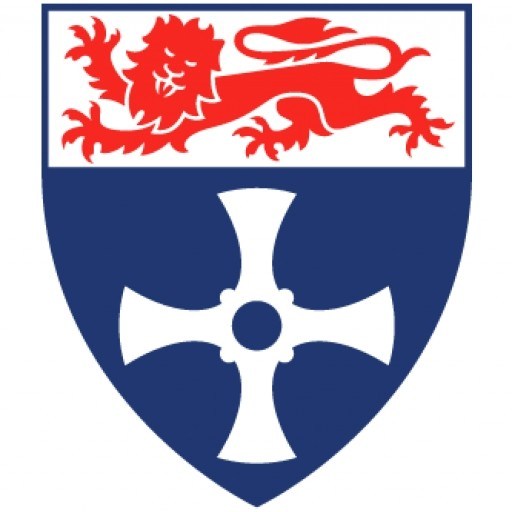Photos of university / #dukeuniversity
The 18-month program integrates historical disciplines and the study of cultural artifacts with digital visualization techniques for the analysis and presentation of research. The program builds on courses and well-developed strengths at Duke University, and requires 10 courses over three semesters in addition to summer research. Students affiliate with an existing faculty research initiative, from which they will develop their own independent research project for the M.A. thesis. Common themes that unite the various projects are the visualization of process, the representation of change over time, recontextualizing displaced objects and object biographies.
The M.A. prepares students for future work in such fields as public history, city planning and architectural design, cultural heritage, museum exhibition design and visualization-based journalism, and provides a springboard for more advanced study in art history, archaeology, architectural history and visual studies.
First Semester (4 courses = 12 credits)
- Visualization Core and Proseminar 1
- ARTHIST 543S: Methodology of Art History
- Graduate Seminar
- Related Elective
Second Semester (4 courses = 12 credits)
- Visualization Core and Proseminar 2
- Graduate Seminar
- Graduate Seminar
- Related Elective
Third Semester (2 courses = 6 credits)
- Research Independent Study with Primary Advisor
- Thesis Credit







